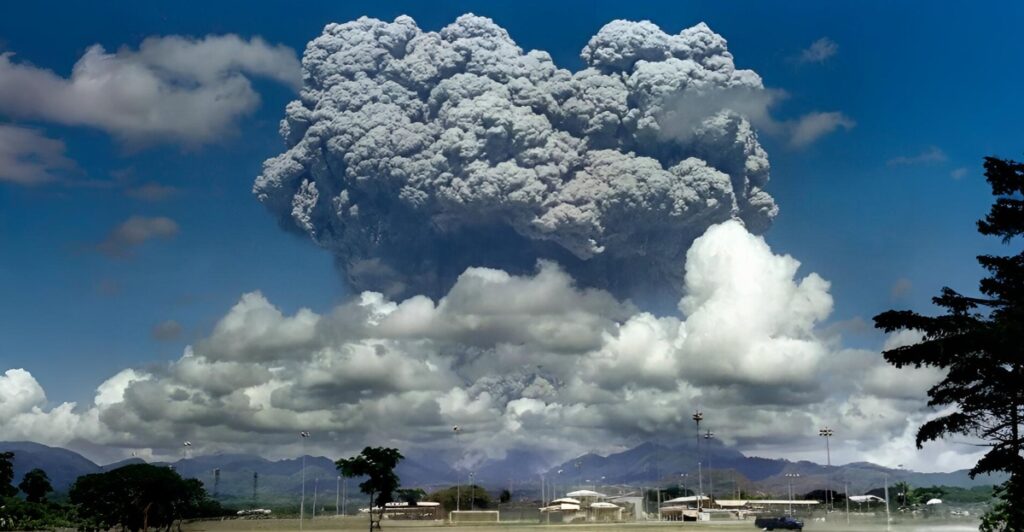
While volcanoes have always captivated humanity with their explosive fury, beyond the characteristic conical peaks is a more sinister threat: the supervolcano. Unlike typical volcanoes, which might bury a town, these colossal forces could produce continent-wide devastation.
When they do erupt, though infrequently, they can trigger global climate shifts and reshape landscapes. In fact, scientists are increasingly focused on these sleeping giants, not just as fascinating geological phenomena, but as potential harbingers of planetary-scale crises. Studying supervolcanoes offers vital insights into Earth’s dynamic processes and provides crucial warnings for the future.
Defining Supervolcanoes
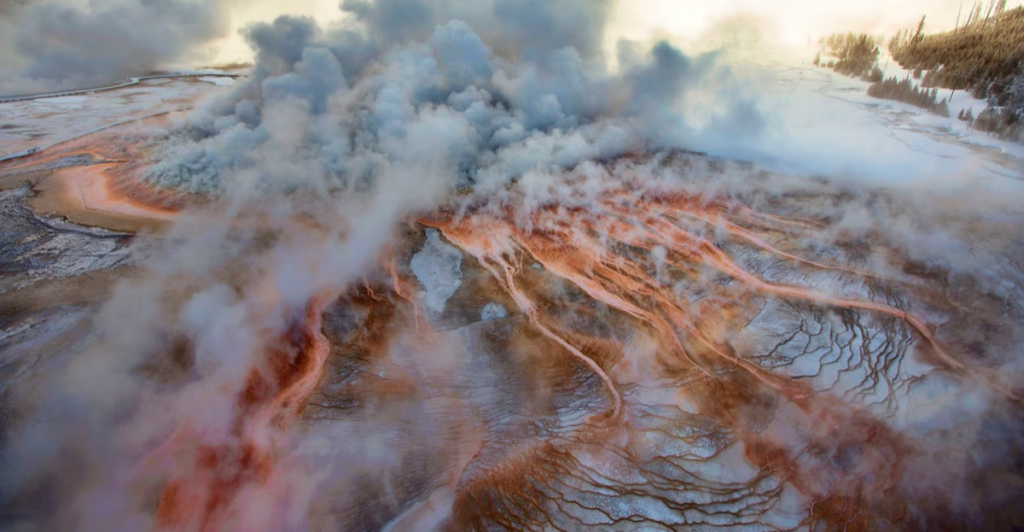
Supervolcanoes are distinct from ordinary volcanoes due to the scale of their eruptions, ejecting more than 1,000 cubic kilometers of material. This is sufficient to submerge entire cities in ash. Unlike volcanoes with a cone shape, supervolcanoes tend to create enormous calderas — depressions formed when the magma chamber empties and collapses.
These eruptions rank at the top of the Volcanic Explosivity Index (VEI-8), far exceeding the power of historical eruptions such as the one that buried Pompeii (VEI-5).
A VEI-8 event can devastate surrounding regions, alter weather patterns, block sunlight, and disrupt global agriculture, highlighting their catastrophic potential.
Insights Into Supervolcanoes
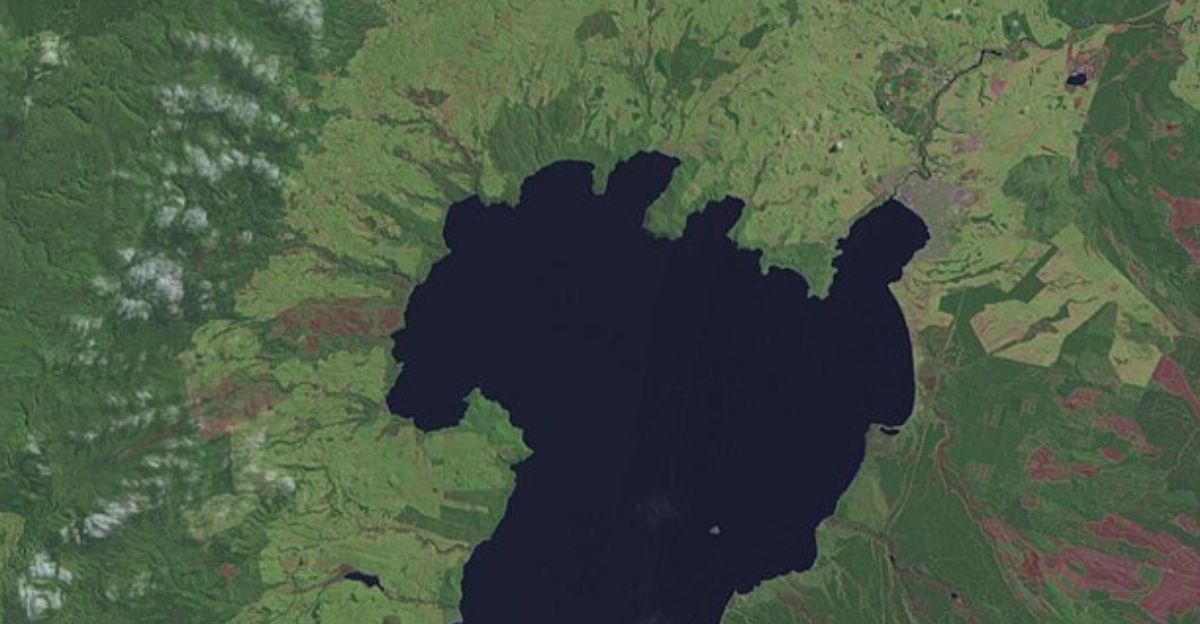
When a supervolcano erupts, it releases high amounts of sulfur dioxide into the stratosphere – this can help to jumpstart chemical reactions that contribute to depleting the ozone layer. With less ozone to protect us, UV radiation from the sun will be increased and pose a serious risk to ecosystems, human health, and agriculture for months or years after the eruption.
Regularity of Supervalcano Eruptions
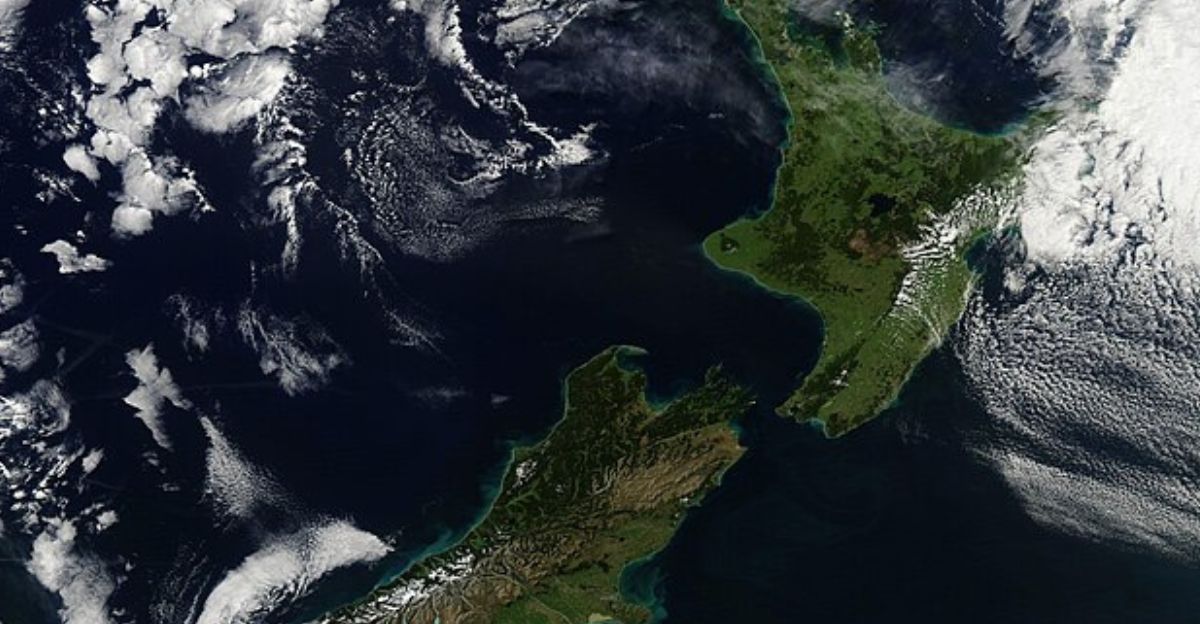
Researchers note that from geological evidence, it is suggested that supervolcanoes erupt around every 10,000 to 50,000 years, though the exact number varies by location. The rarity of supervolcano eruptions makes it hard for scientists to study their behavior, but ongoing research aims to provide better estimates through studying ash and sediment layers.
Global Hotspots: The Yellowstone Caldera
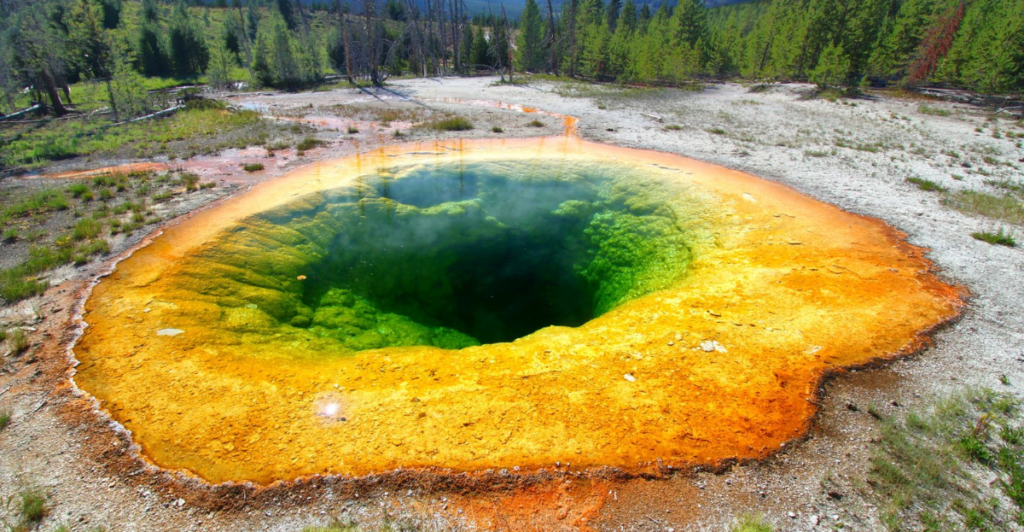
One of the most infamous supervolcanoes is the Yellowstone Caldera, which is found in the United States. Its Lava Creek eruption 640,000 years ago spewed more than 1,000 cubic kilometers of material, covering a large part of North America in ash.
If it erupted today, ashfall would devastate the western U.S., air travel worldwide would be thrown into disarray, and a volcanic winter could reduce global temperatures by several degrees Celsius.
Although it has the potential for devastation, the chance of a short-term eruption is low, according to the United States Geological Survey (USGS). The USGS estimates valid chances are one in about 730,000 a year. Ongoing monitoring indicates no signs of an imminent eruption.
Toba Caldera
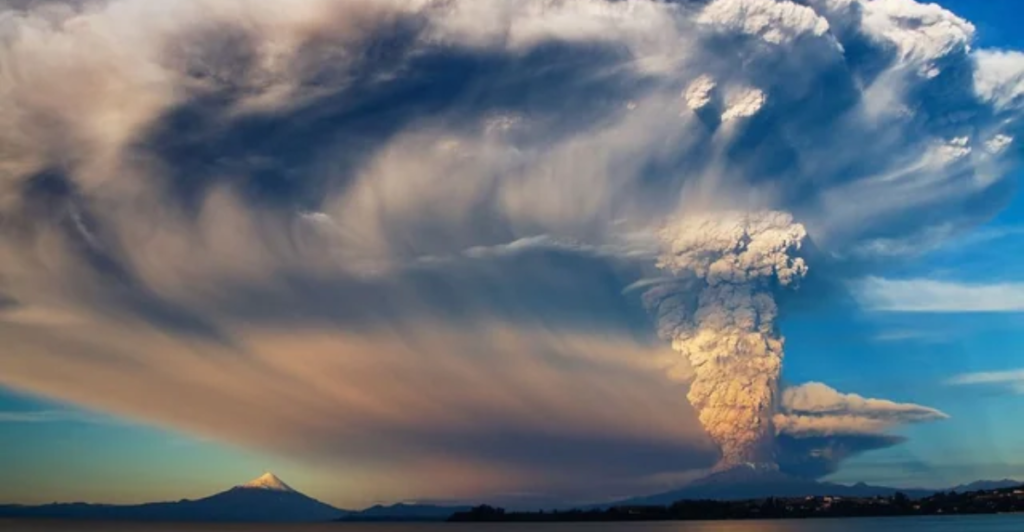
Another major supervolcano is the Toba Caldera in Indonesia, site of a massive eruption 74,000 years ago. This event emitted roughly 2,800 cubic kilometers of debris, creating a serious “volcanic winter.”
Global temperatures plummeted by as much as 5°C, setting the stage for a human population bottleneck. Ashfall and climatic effects disrupted ecosystems for decades, highlighting the long-term consequences of supervolcanic events.
Although the probability of a new eruption is low, ongoing magma activity beneath the caldera shows that geological processes continue and this attracts the attention of scientists and the monitoring of the volcano.
Formation of Volcanic Lakes In Calderas
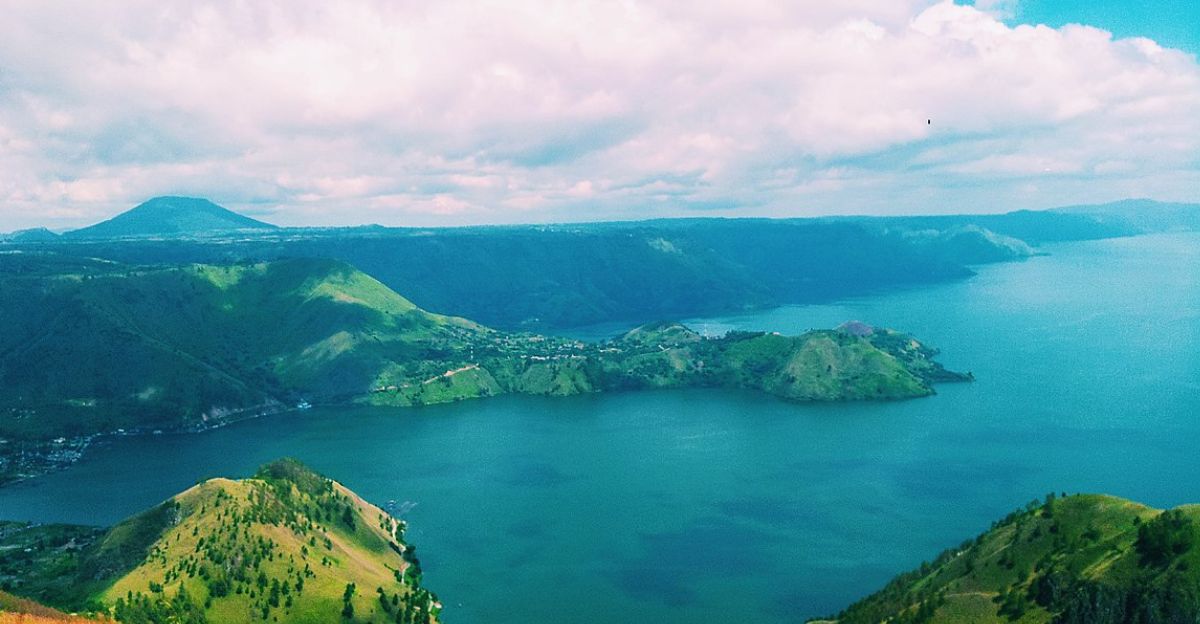
Calderas formed by supervolcanoes over time start to fill with water. This creates huge volcanic lakes. A real-world example of this is Lake Toba, which is one of many important volcanic lakes that preserve sediment and ash layers that are vital for scientific research into eruption history and a better understanding of supervolcanoes and their processes.
The Influence On Human History
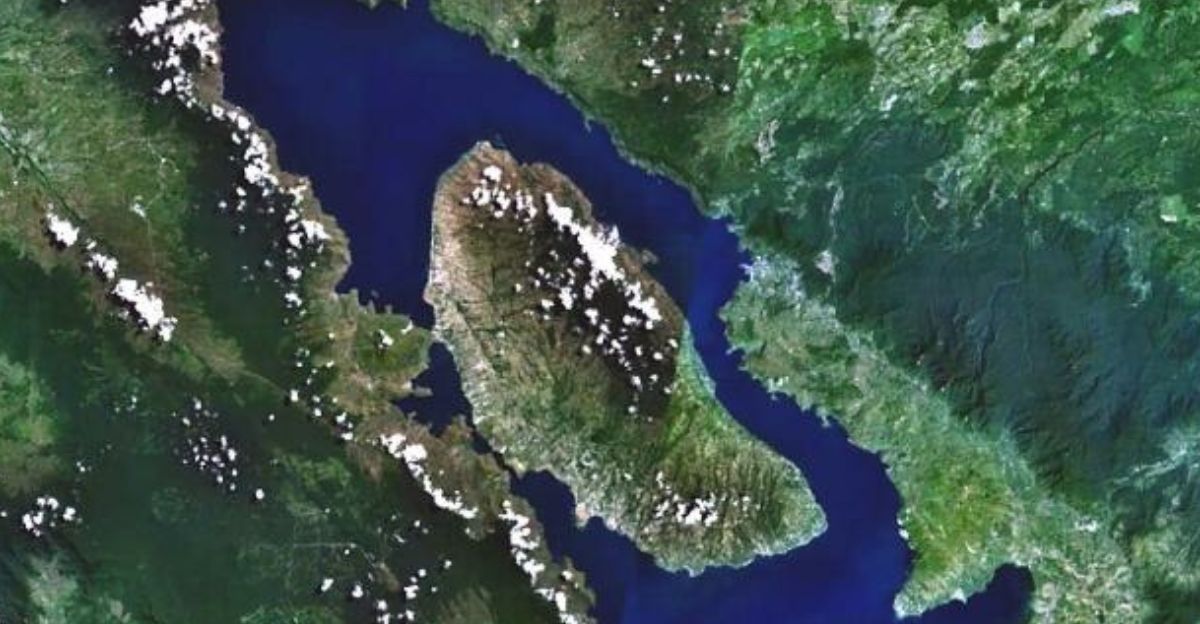
From studying ancient supervolcano eruptions, researchers hope to learn more about them and how to mitigate as much risk as possible to populations.
The Toba super eruption is thought to have reduced the population and caused a sever bottleneck in early Homo sapiens, reducing their genetic diversity. This volcanic event could have shaped human evolution by forcing adaptations and “survival of the fittest” after the ensuing volcanic winter.
Taupō Volcanic Zone
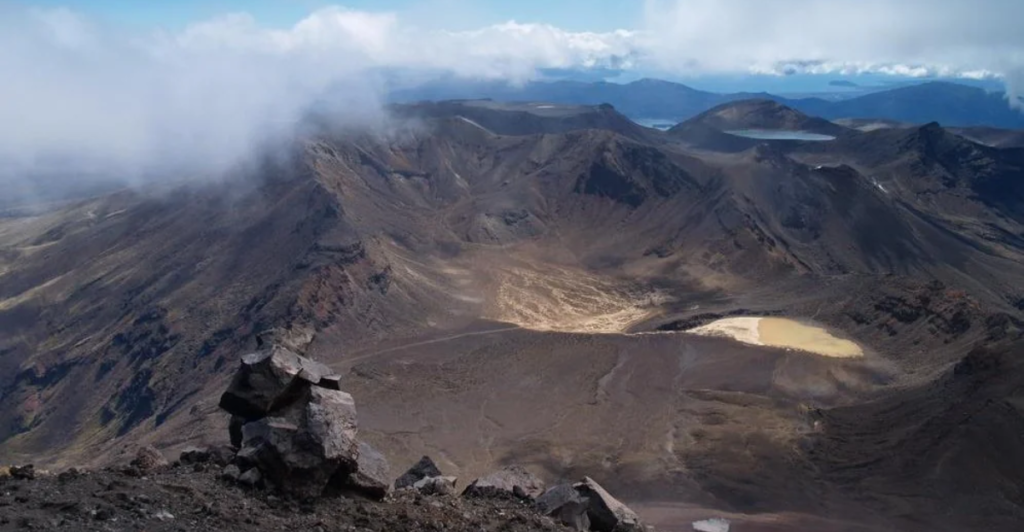
The Taupō Volcanic Zone in New Zealand is best known for the country’s largest eruption in the last 70,000 years, the Oruanui eruption of 26,500 years ago. The eruption itself spewed out roughly 1,170 cubic kilometers of material, and its effects were felt all over the globe, as ash spread around the Southern Hemisphere.
An eruption in the future could devastate New Zealand and disrupt agriculture, air travel, and weather systems throughout the Pacific region. Eruptions occurred as recently as 232 CE, and Taupō continues to be active. Seismic activity is closely monitored by New Zealand’s GeoNet, reflecting the ongoing concern and need for vigilance in this geologically dynamic area.
Aira Caldera
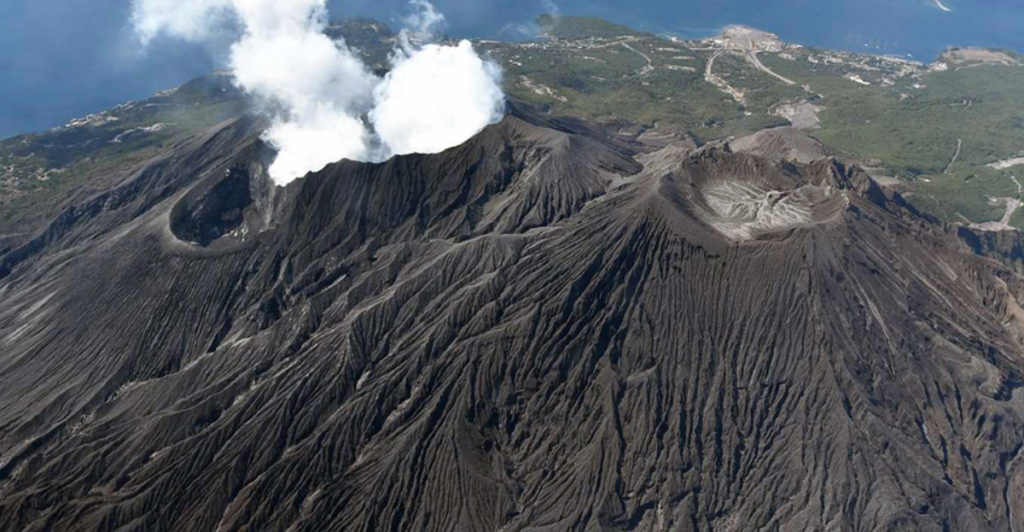
Near the port city of Kagoshima in southwestern Japan, the Aira Caldera contains one of the world’s most active volcanoes, Sakurajima. Although smaller eruptions occur frequently, a super-eruption of this magnitude could send tremendous amounts of magma and ash into the atmosphere, with severe effects for Japan and surrounding areas.
The Aira Caldera erupted 22,000 years ago, creating the present-day Kagoshima Bay. Activity at Sakurajima indicates that the Aira magma chamber is still active, and the potential for a catastrophic eruption continues to grow. The Aira Caldera has a medium-to-high likelihood of erupting, making it a key focus for monitoring and disaster preparedness efforts.
Campi Flegrei
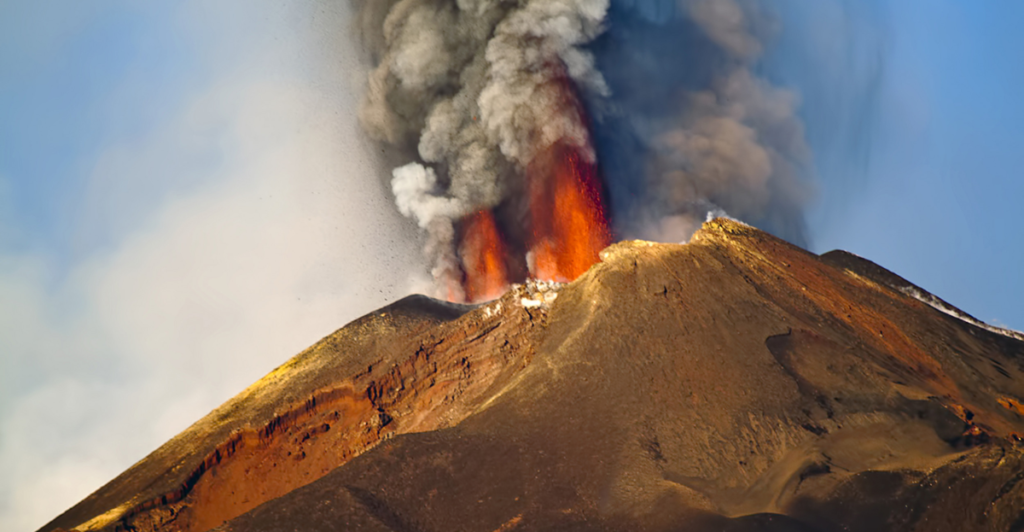
The Campi Flegrei caldera, located near Naples, Italy, poses a significant threat because it sits next to such a densely populated area. Its most recent major eruption, 39,000 years ago, blanketed the nearby area with 300 cubic kilometers of material and may have influenced the extinction of Neanderthals.
A modern-day eruption would endanger millions of people as well as be a threat to the climate and economy of the Mediterranean. Recent studies have revealed heightened seismic activity and ground deformation that suggest movement of magma beneath the caldera. The low to medium likelihood of an eruption necessitates monitoring and ongoing research to mitigate potential impacts on the surrounding communities.
Satellite-Based Monitoring
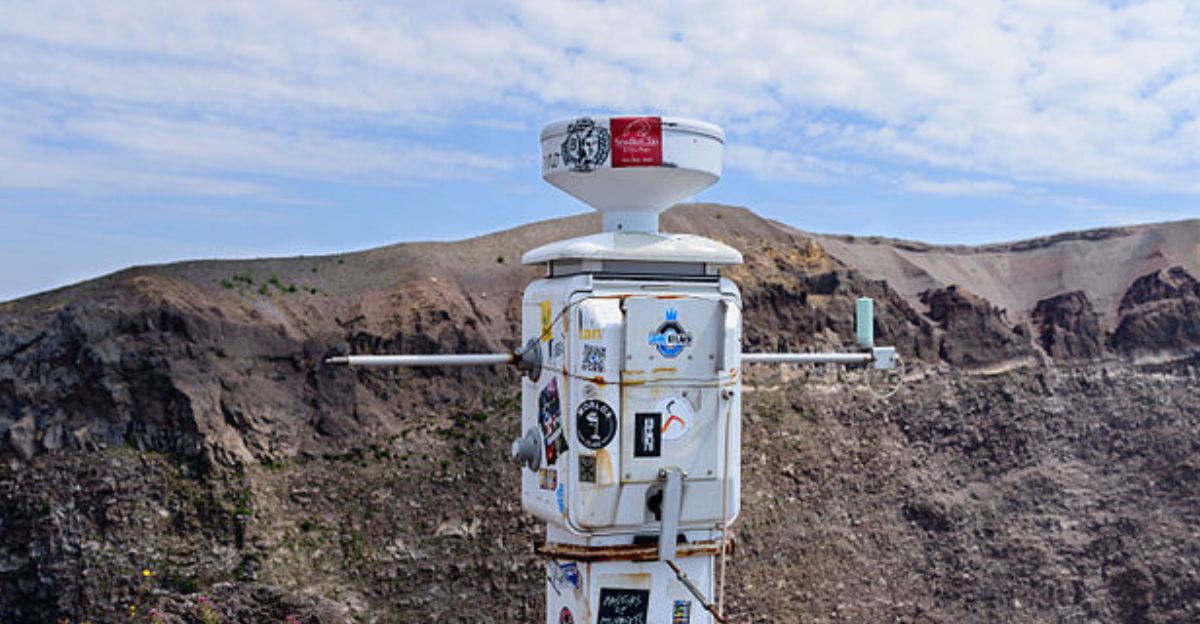
There are many ways that scientists study volcanoes, such as satellite thermal imaging, radar, and gas sensors. These methods give researchers important data on volcanic activity around the world and enable the detection of subtle ground movements and gas emissions, which can give accurate short-term predictions that a supervolcano has an increased chance to erupt even in remote regions where field monitoring is challenging.
Mitigating Risks and Future Research
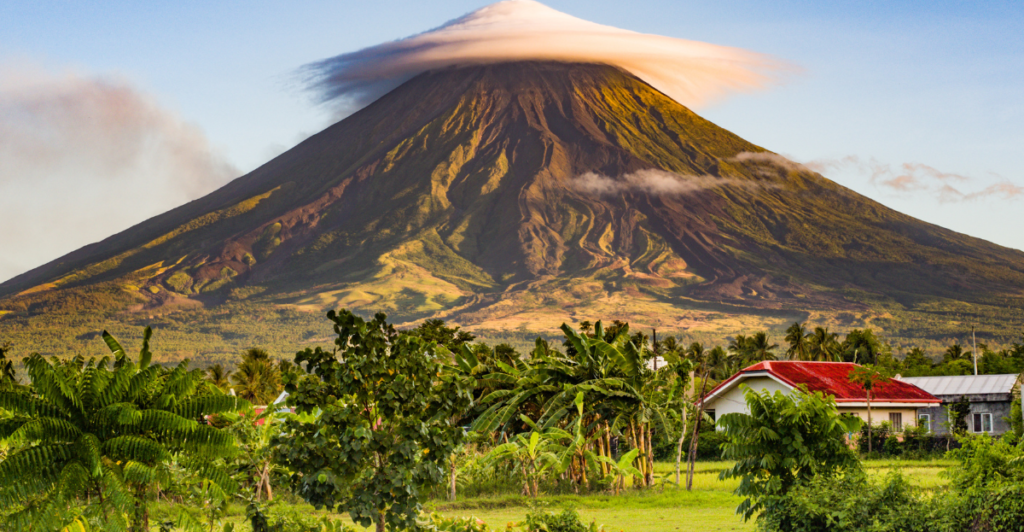
Advancements in technology are enhancing our ability to observe and monitor supervolcanoes. Artificial intelligence is being employed to analyze seismic data for early warning signs, while satellite imaging provides real-time views of ground deformation.
Understanding these systems can inform geothermal energy projects, harnessing vast heat to produce sustainable energy. International partnerships like the Global Volcanism Program promote a comprehensive monitoring strategy.
Research will be crucial for formulating solid disaster preparedness plans, from ash cleanup strategies to ensuring food security during extended global cooling, highlighting the importance of continued scientific efforts.
Volcanic Hazards Post-Eruption
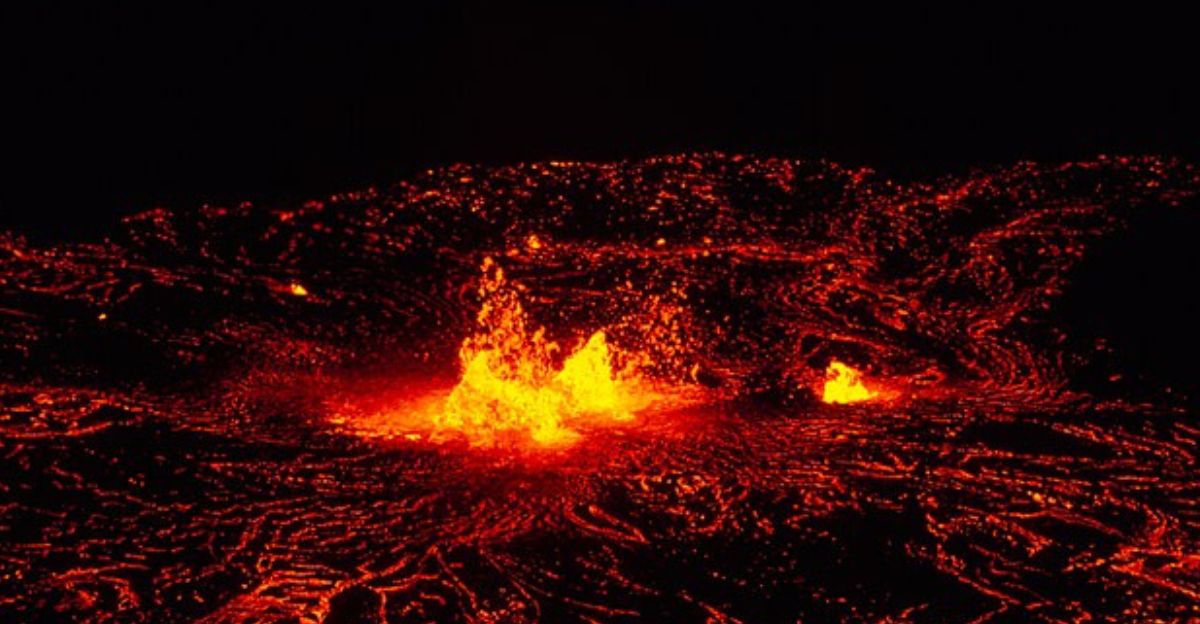
Even after a supervolcano erupts, volcanic systems can remain geologically active. Magma chambers can fill back up and cause ground uplift, which further increases seismic and hydrothermal activity. If these signs are showcased post-eruption, they could be a warning that the volcanic system is not dormant and evolving, potentially leading to another eruption in the future, even if it’s only thousands of years later.
Predicting Supervolcano Eruptions
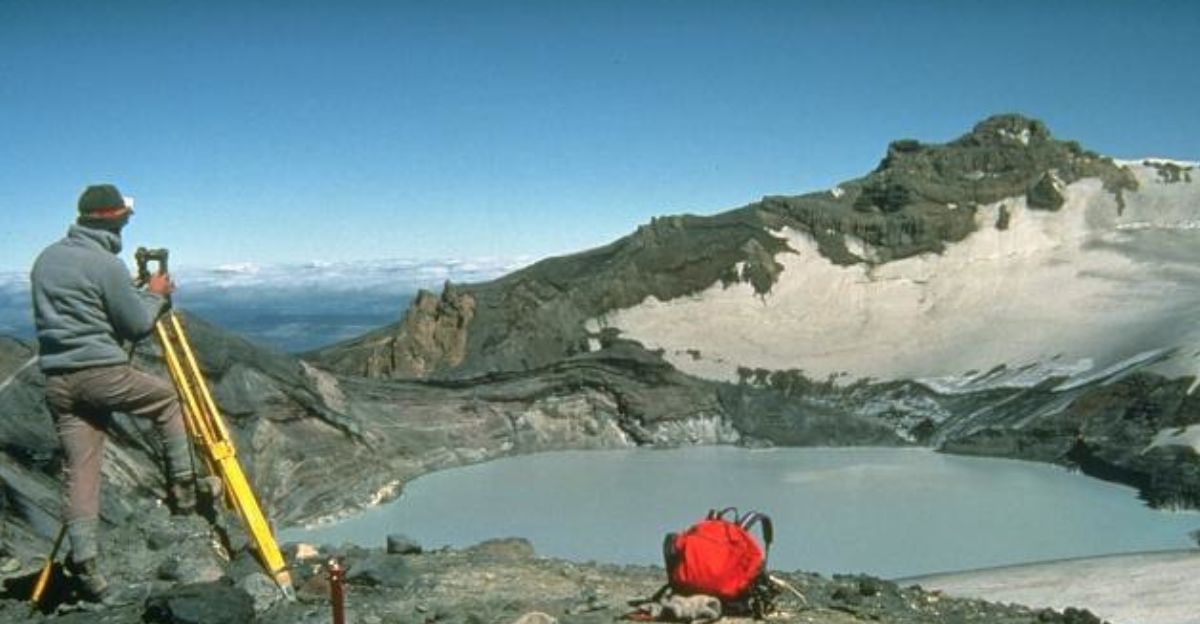
Current Volcano monitoring methods look for increased seismic activity, gas emissions, and ground deformations close to the supervolcano. These observations can give researchers a short-term warning if activity increases but does not reliably forecast supervolcano eruptions years in the future.
This complicates preparedness for communities that live near such dangerous geological structures. Without long-term warning systems, people may not be prepared enough for an eruption.
Agricultural Collapse And Food Security Risks
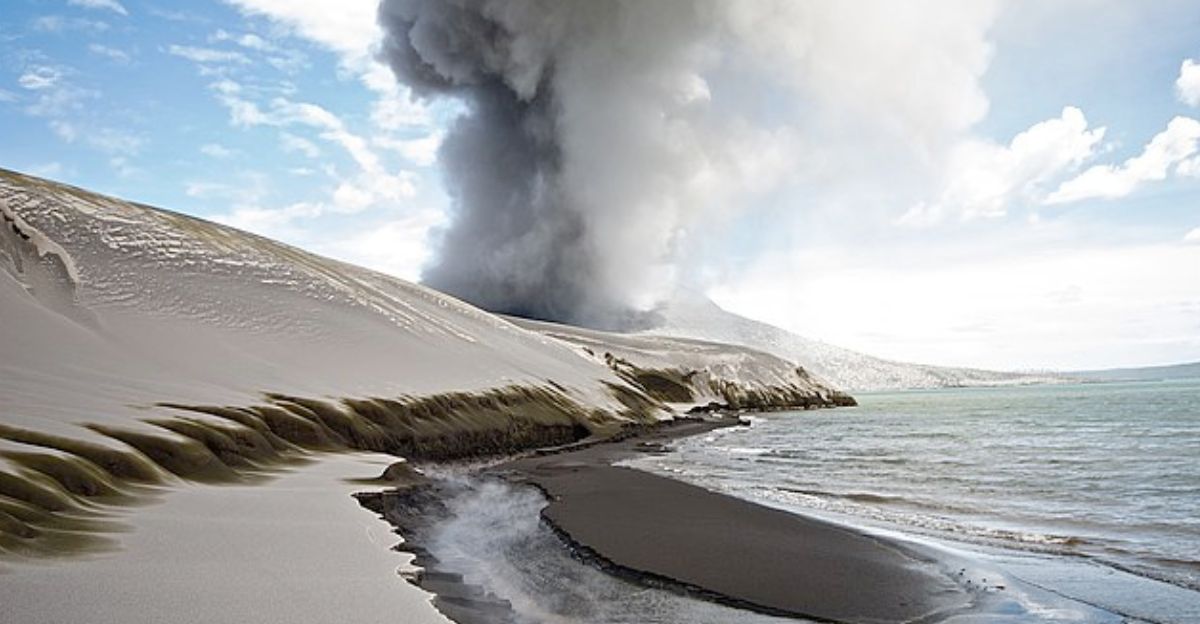
After supervolcanoes erupt, they can produce massive ash clouds and sulfate aerosols that will block out sunlight and lower temperatures significantly. These factors will have a large effect on crops, damaging them and reducing their growing seasons.
If enough crops are affected, then food shortages could become a startling reality, which could turn into famine and economic instability in regions that are heavily dependent on crops for food and trading.
Limited Data
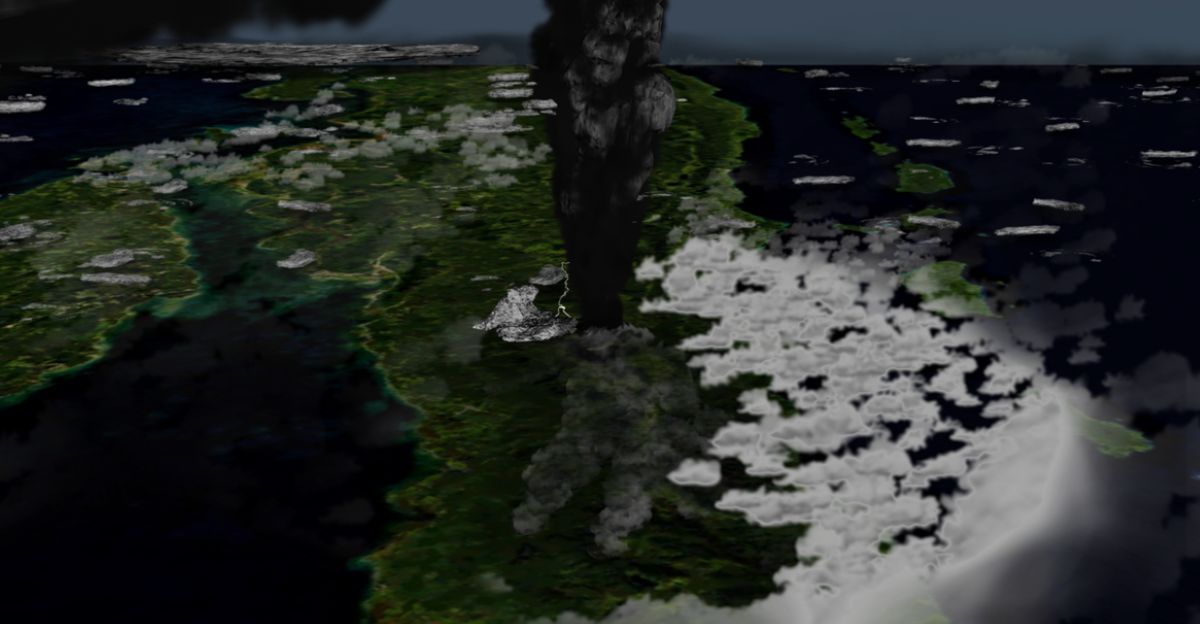
With the rare nature of supervolcanic eruptions, research data is dependent on limited geological records and simulation models. This means that there is limited information that can be gathered about these giants, and prediction models may be less effective compared to that of normal volcanoes. Ongoing research is important to better understand supervolcanoes.
Future Prevention Methods

Scientists are exploring theoretical approaches to supervolcanic eruption mitigation, although these remain largely conceptual. One proposed idea is controlled extraction of geothermal energy, cooling the magma chamber in the process to reduce pressure.
This would involve drilling deep into the caldera, a risky venture, but could potentially defuse a supervolcano over time. Another concept is to introduce fluids into the magma chamber to increase the viscosity and reduce its explosive potential.
Although such interventions present technological challenges and risks, further research provides a glimmer of hope for controlling these devastating natural phenomena centuries in the distant future, potentially transforming a destructive force into a sustainable resource.
Impacts On Wildlife
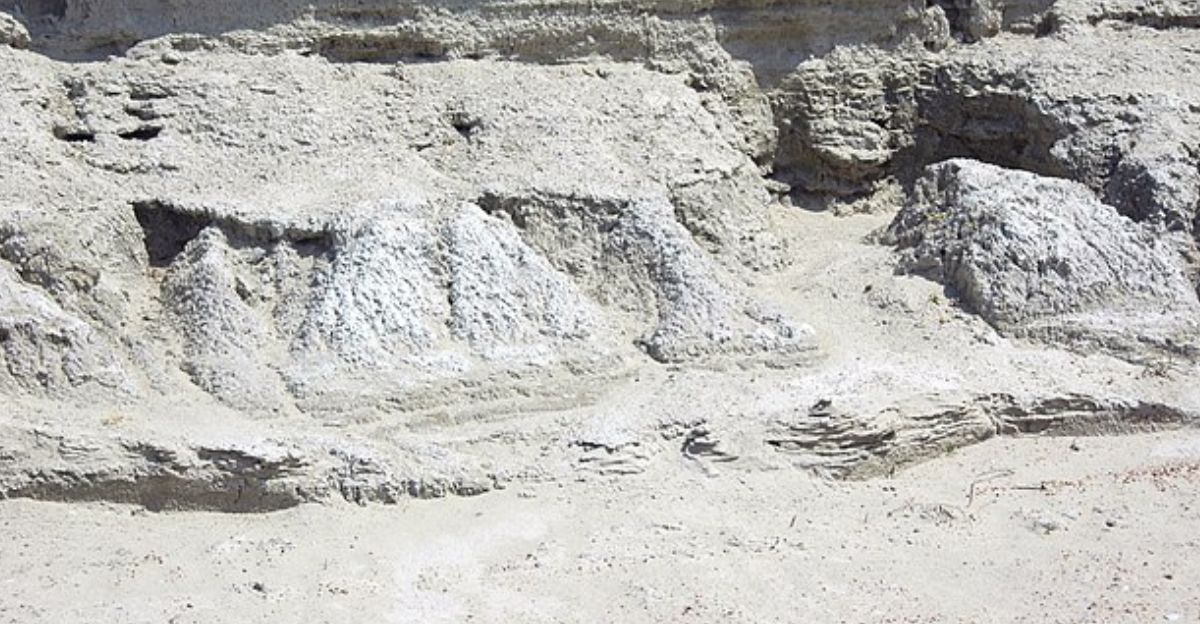
Supervolcanoes can have a huge impact on local wildlife populations through short-term and long-term effects. Animals that can’t escape the initial eruption radius will be killed by pyroclastic flows and ash.
Bird nesting grounds are especially vulnerable to these factors. Eruptions also indirectly destroy essential habitats that animals use for breeding and foraging, upsetting the balance of the ecosystem. I can take decades or even longer for habitats destroyed by volcanic eruptions to recover.
A Call to Ongoing Vigilance
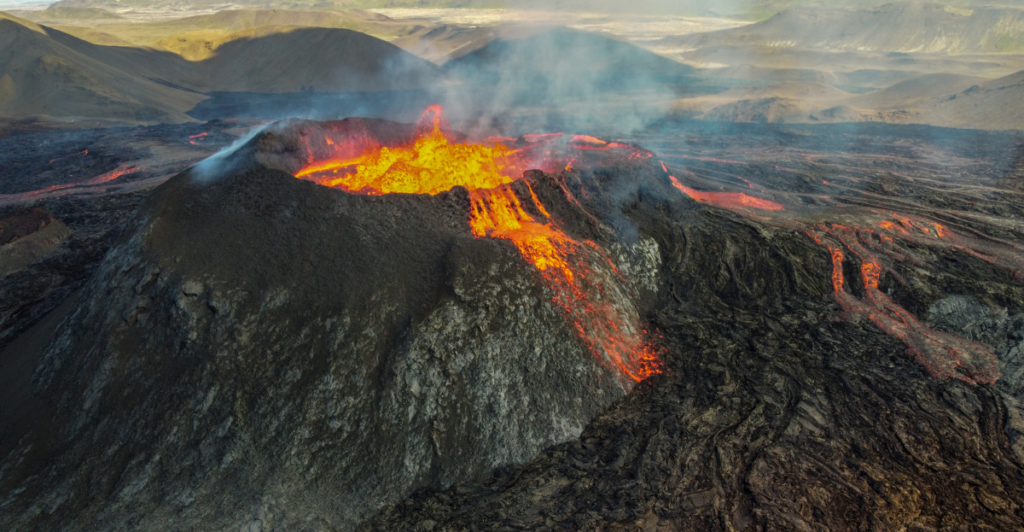
Supervolcanoes are active, evolving systems that demand respect and vigilance. While the odds of a supereruption occurring in any given year are slim, the potential consequences necessitate ongoing research, international collaboration, and proactive mitigation strategies.
Research on supervolcanoes is thus relevant not only to predicting future eruptions but also to our understanding of Earth’s dynamic processes and the interplay between its geology, climate, and life. These efforts remind us of our planet’s immense power and fragility, highlighting the vital nature of this scientific endeavor.
Explore more of our trending stories and hit Follow to keep them coming to your feed!

Don’t miss out on more stories like this! Hit the Follow button at the top of this article to stay updated with the latest news. Share your thoughts in the comments—we’d love to hear from you!







